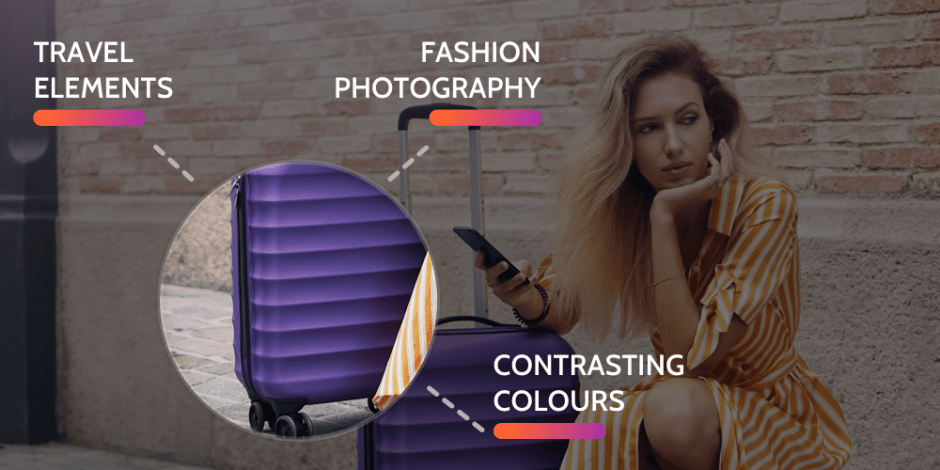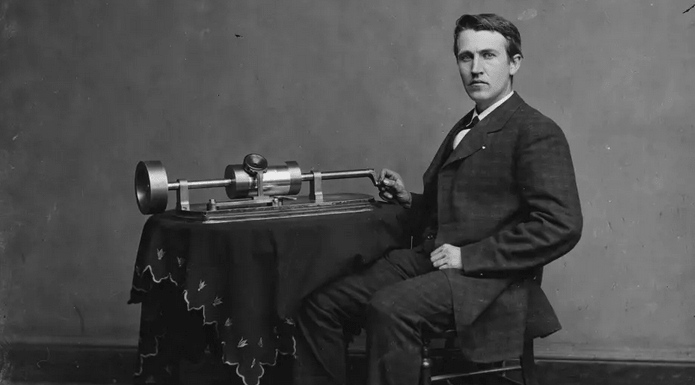M&C Saatchi’s chief creative officer, Ben Golik says that great ideas are those that travel and that one word says it all, Greta. “A seventeen-year-old woman is schooling us all.”
Ahead of The Drum Chip Shop Awards 2020, of which he is the chair of the jury, Golik talks to us about breaking the rules of advertising, why the industry is afraid to take risks, the effect social platforms have on creativity and what the future holds.
Is there a lack of ambition from the agency/creative community to break the rules?
Wow. That’s a negative start. But perhaps not an unfair one. It’s true that much of our work passes through the world unnoticed. So maybe we need to break some rules to bust that collective ennui?
But what are the rules of ambitious work? Let’s assume they stem from what we make, and how we make it.
What we make has never suffered so much innovation. Big data, bigger tech, countless channels. Park this stuff. The single most innovative thing we can offer, is insight. That unexpected prop, dramatised beautifully, is still the best way to add value to our clients’ businesses, and to our own.
As for how we make it, despite repeated calls for a “new agency model”, bright people bouncing ideas off each other still proves mightily successful. The ambition here has to be in achieving diversity throughout that process.
Work that truly understands the people it’s for? That’s ambition enough for me.
Who can break the rules and who can set them?
Another interesting question, because it’s really asking – where does the real power lie? The truth is, it’s never been with agencies. Or with clients. It’s always been with customers. With this view, I prefer to think that there is more opportunity than ever.
Customers are more marketing savvy than ever. So we must think smarter to excite them. Customers are more visually savvy than ever. So we must look better to entice them. Customers are more aware of the data we hold than ever. So we must respect what we know, and use it without entitlement. They’ve leveled up. So must we.
What is that one creative idea from the last decade that went way beyond advertising?
I believe that great ideas are those that travel. They enter the language. Other people claim them as their own. To do that, they need a handle – an easy way of being picked up, and carried forward. I’ve hated some of the best recent handles.
Make America Great Again. Four words. (Or one red cap.) But it smartly evokes a time when America led global culture, and their own suburban dream had not soured. Take Back Control; Get Brexit Done. Each three words. Each emotionally charged. Each totally intoxicating, and bang on for their disenchanted audience. Extinction Rebellion. We’re down to two words now. What a fucking great brand. Totally punk. Brilliantly British.
But, ultimately, I can get it down to one word. Greta. Thoroughly compelling. And without compromise. She stands by her ideas, and ideals, in a way that we fail to. Does everyone agree? Sadly, no. Has everyone heard? Hell, yes. A seventeen-year-old woman is schooling us all.
There are so many rules on social platforms that breaking the morale, the lines of creativity could have a negative impact. Could social platforms potentially have affected creativity negatively?
I do think social media has put new pressure on our output. Not because we were insensitive Luddites blindly abusing humankind, but because we haven’t always grasped nuance. A stereotype is an easy reach for a creative short on time. But it can also make the work fairly broad-brush.
How amazing, then, to have this newfound spotlight of social critique? We must actually understand people, include them, and respect them. Genuinely, our work now has permission to have all the quirk, nuance and specificity of society itself – which can only be a brilliant invitation for ideas that stretch beyond the expected?
Do you think advertising is afraid to take risks with its model?
I think individual agencies are desperate to take risks. With remuneration models, and to push back on the pitch process. But individually, we can feel powerless. We know that we’ll immediately be undercut, or over-promised, by an agency more desperate keen than our own.
So we toe the line. We give away too much, for too little. We devalue our best people, and our best ideas, in the hope of acceptance. That elusive ‘yes’. The only way to truly change the paradigm is to align. Agencies must work together for a system that better serves us all.
I see a brighter future where we don’t give away the farm, for the chance to plough a field.
Over the next decade, how can agencies/creatives be pushing the boundaries of creativity? How can they move the industry forward?
I’ll take the creatives option of the question for this answer. Creatives need to spend more time with planners, not with their briefs. Creatives need to spend more time with clients, not with their feedback. Only by driving the conversation, can we drive change.
What are your expectations for The Chip Shop Awards entries?
The best stuff in The Chip Shop Awards is never the work the client was right to swerve. It’s the work that was born brave but somehow didn’t survive the system. We’ll be looking for ideas that are smart, and sensitive, and suitable. But that sadly found their final media placement on slide 72 of the PowerPoint.
It’s brilliant and bonkers that we award work that might not even have been made. (No wonder people judge us.) But ultimately, that’s why we all keep turning up. To make great stuff that sometimes sees the light of day. (Maybe that’s why we’re so happy to give it away?) Big up the Chip Shop for shining some light into the bottom drawer. Let’s hope someone pays us to make it next year.
Feature Credit Image:Greta Thunberg is schooling us all, says M&C Saatchi CCO, Ben Golik














